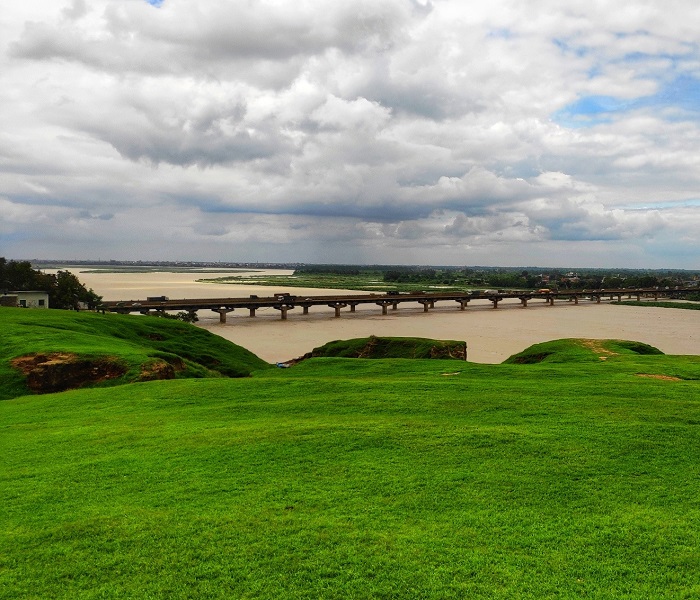
Kanpur
Manchester of the East

Kanpur
Manchester of the East
Heritage

Bithoor or Bithur is a town in Kanpur District, 23.4 kilometres (14.5 mi) by road north of the centre of Kanpur city, in Uttar Pradesh, India. Bithoor is situated on the right bank of the River Ganges, and is a centre of Hindu pilgrimage. . Bithoor is also the centre for War of Independence of 1857 as Nana Sahib, a popular freedom fighter who was based there. The city is enlisted as a municipality of Kanpur metropolitan area.
Bithoor has been closely associated with the Indian independence movement, especially the Indian Rebellion of 1857. It was at one time home to many of the rebellion's most prominent participants including the Rani of Jhansi, Lakshmi Bai. During the British Raj, Bithoor used to be part of Cawnpore district (now Kanpur) in the United Provinces. The last of the Peshwas, Baji Rao II, was banished to Bithur; his adopted son, Nana Sahib, made the town his headquarters. Bithur was captured by General Havelock on 19 July 1857. The town was subsequently attacked and occupied by the British, who razed Nana Sahib's palace and the temples in the town in retaliation for the brutal massacre of over 300 British men, women and children who had been lured out of their defences at Cawnpore by a group of Indian rebels with a promise of truce during the Siege of Cawnpore. Angered British troops also carried out numerous reprisals against the citizenry of Bithoor, included anyone suspected of being involved in the rebellion. Numerous private houses in Bithoor were also looted and burnt.